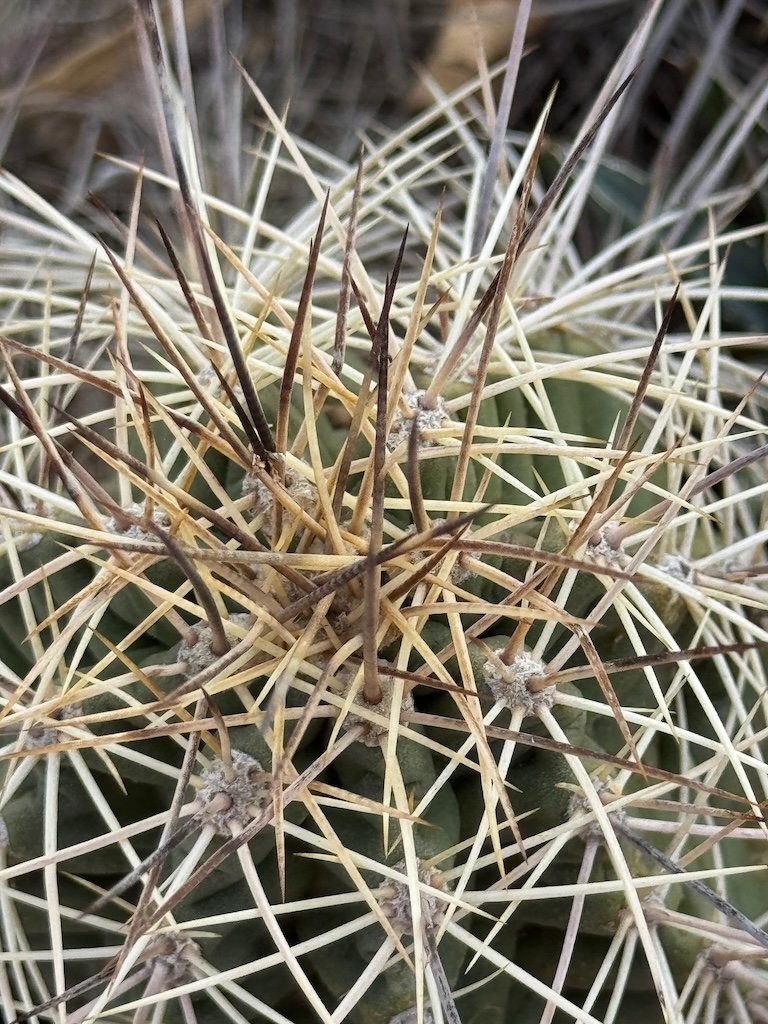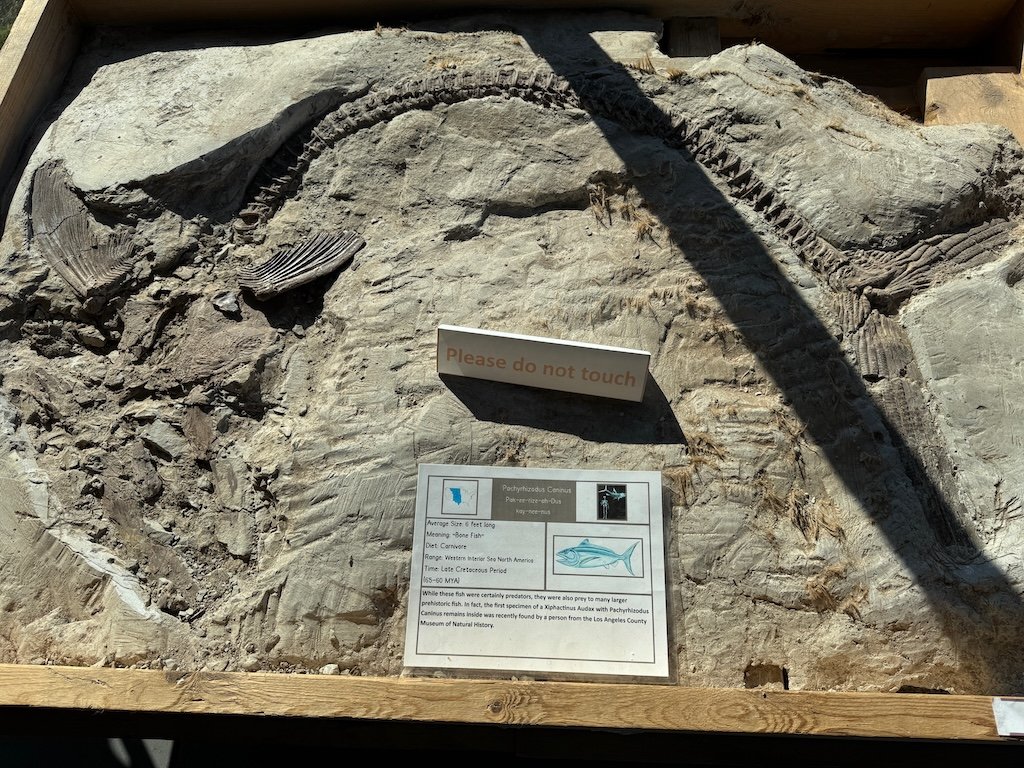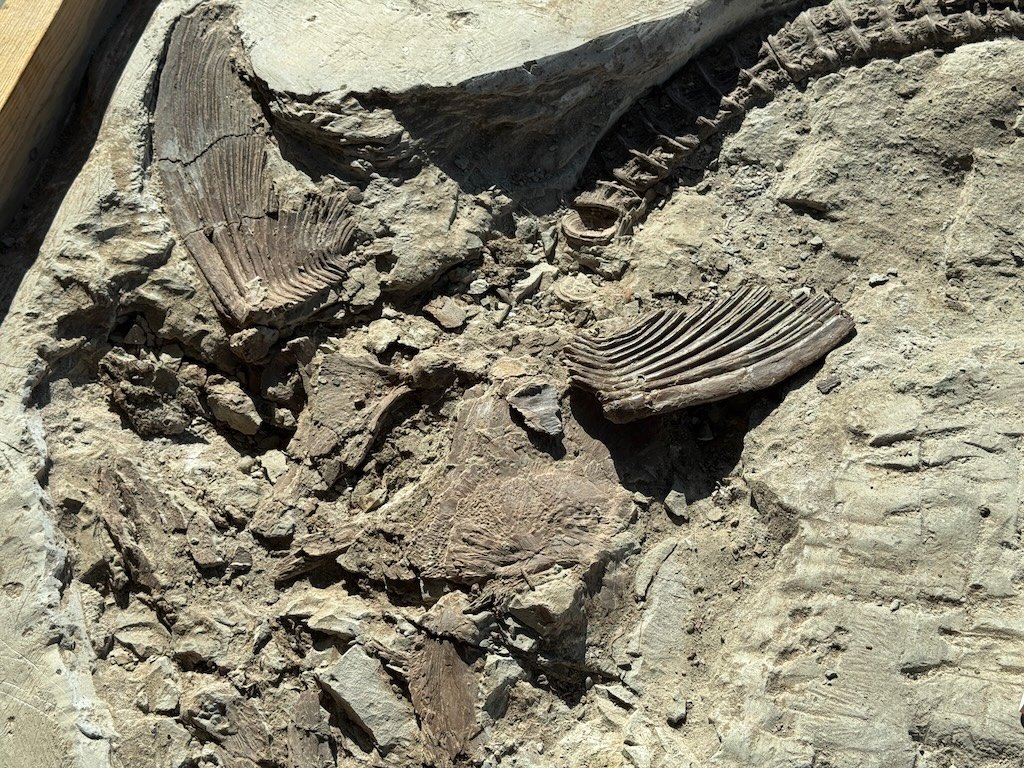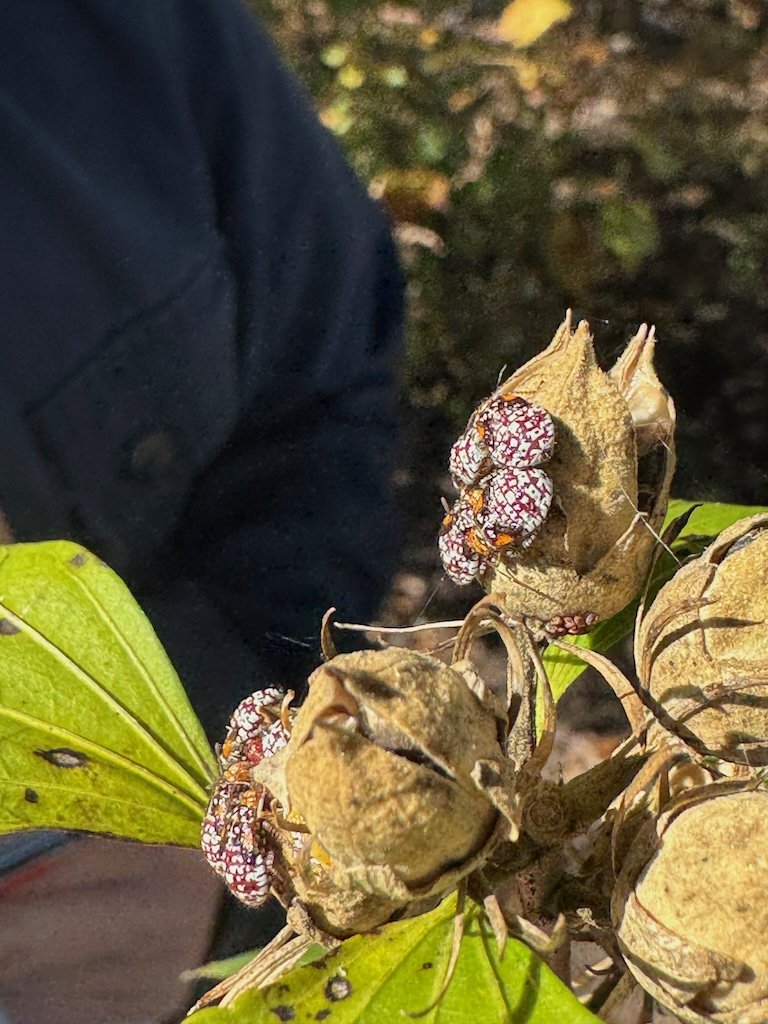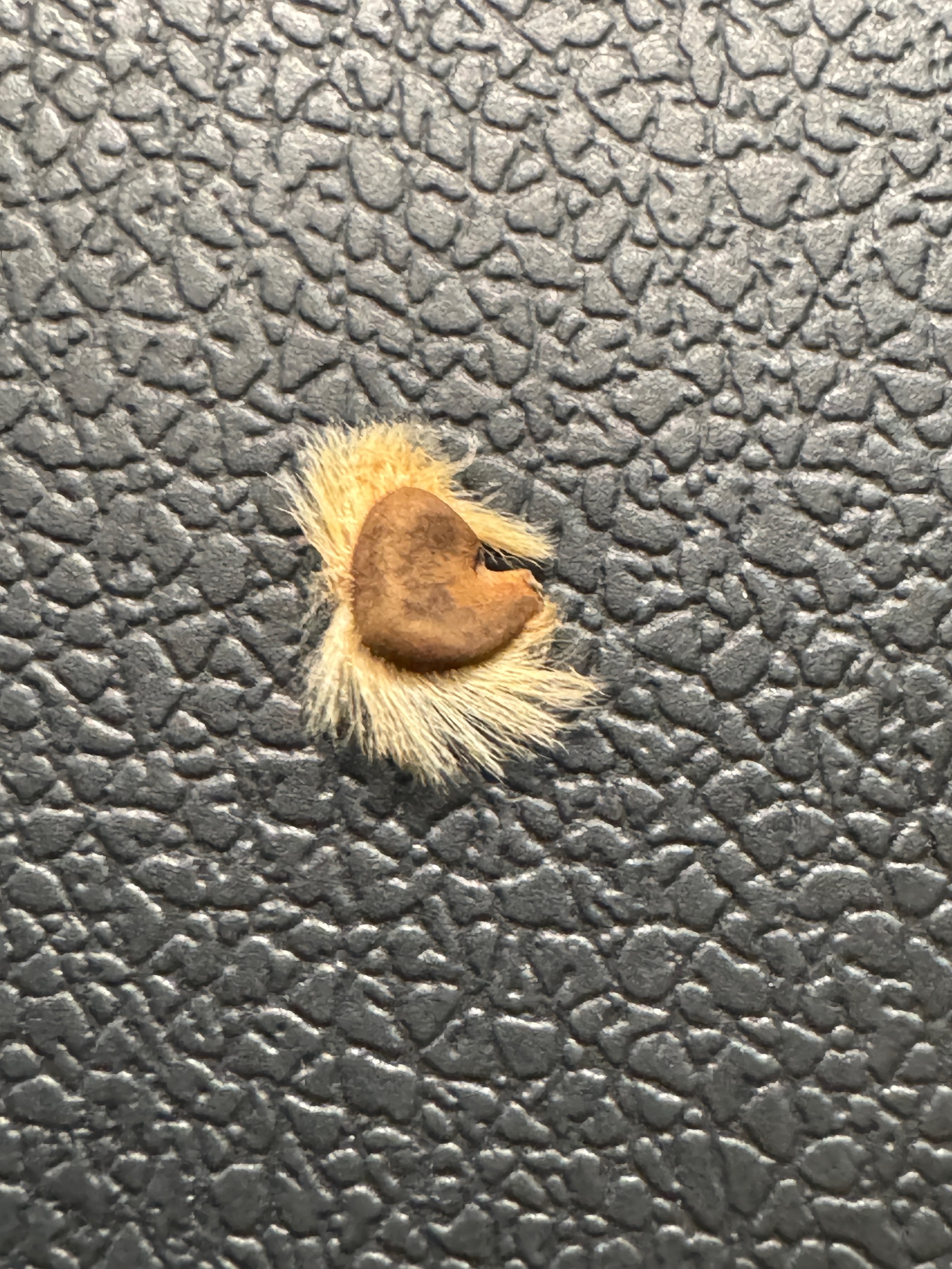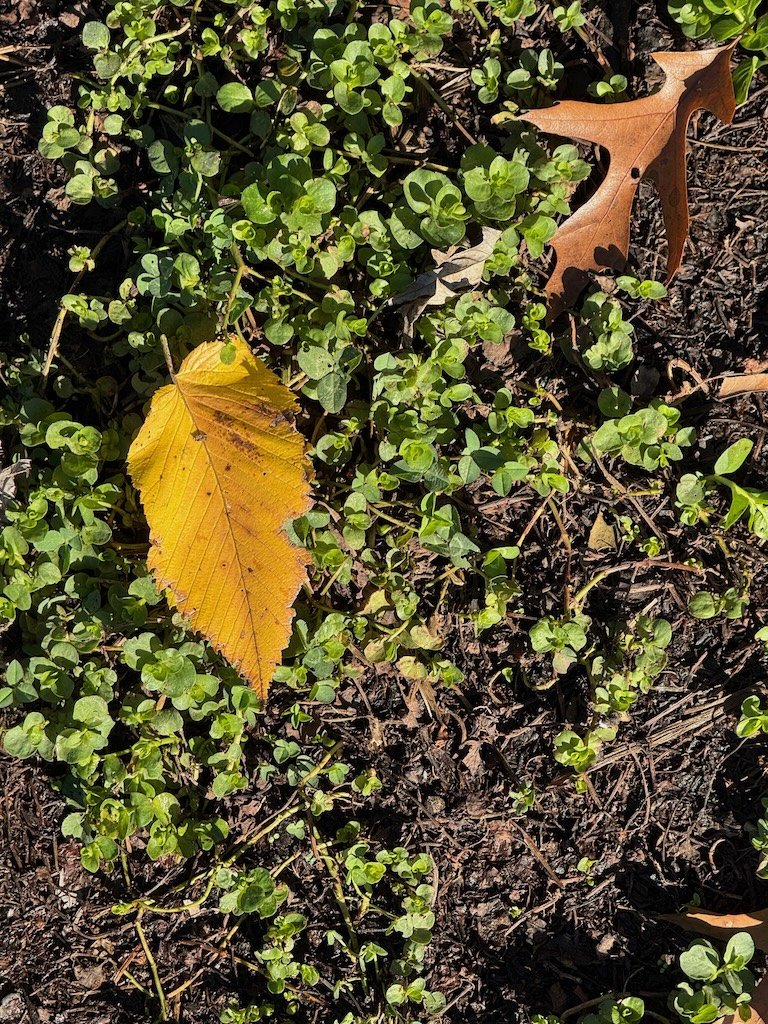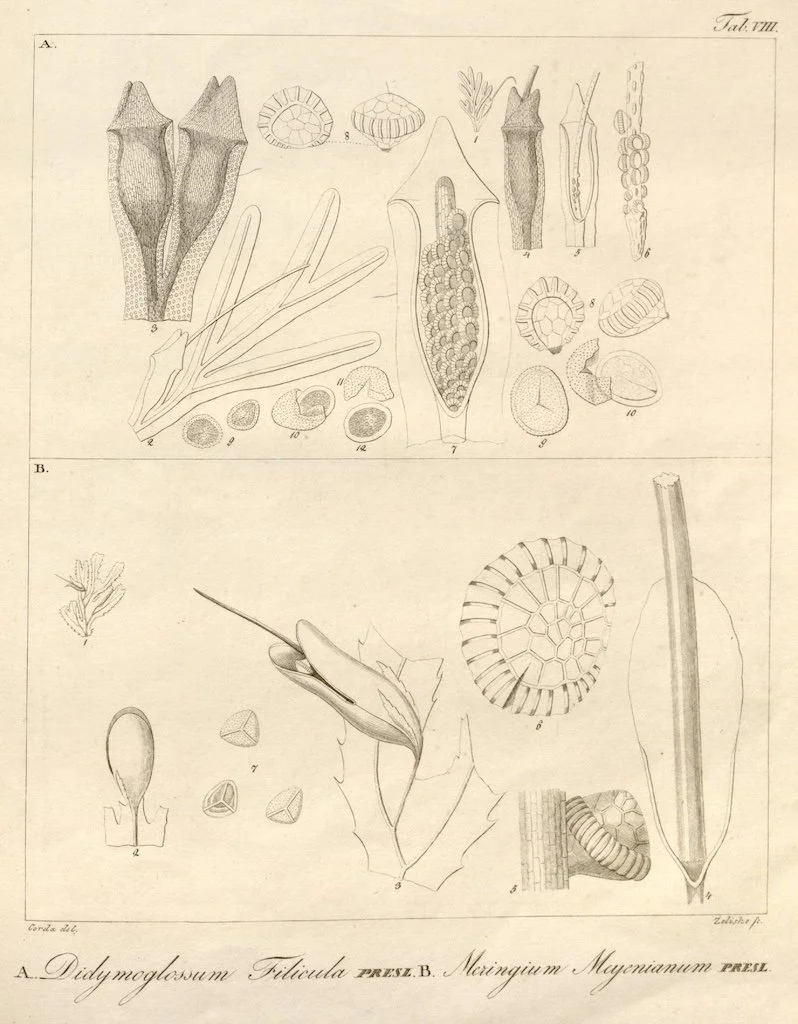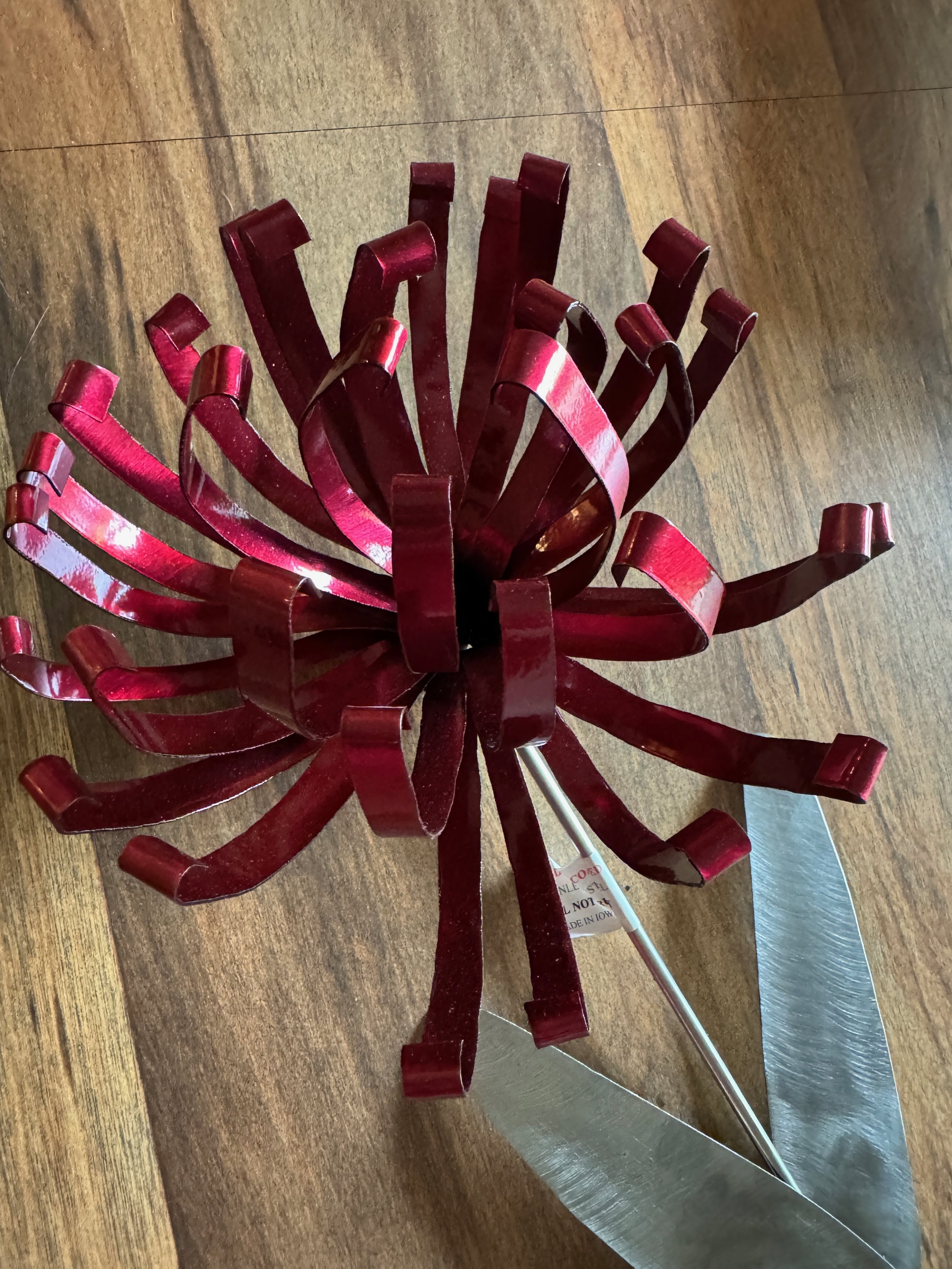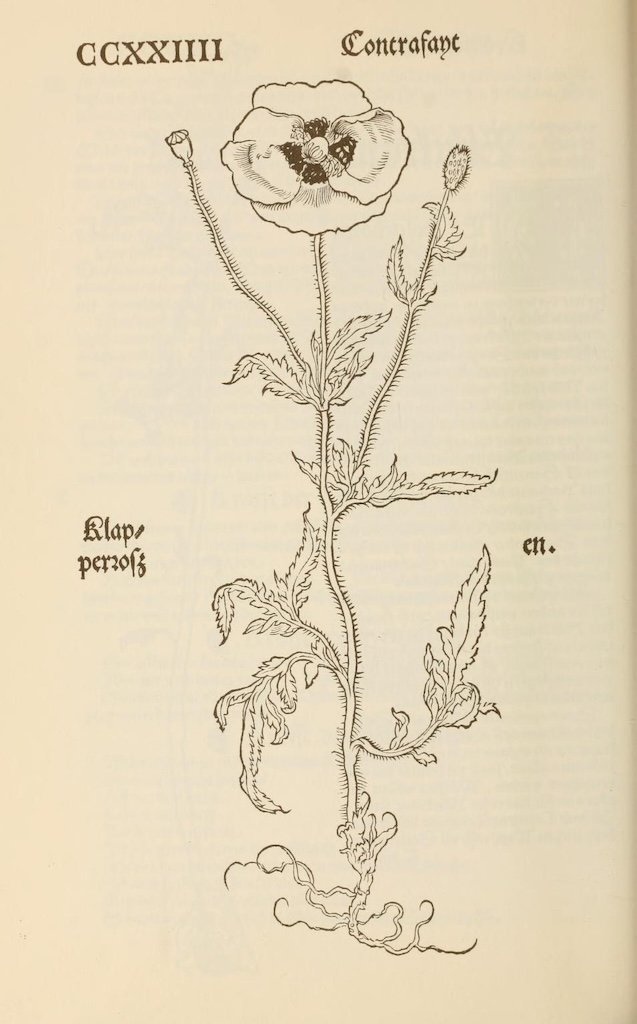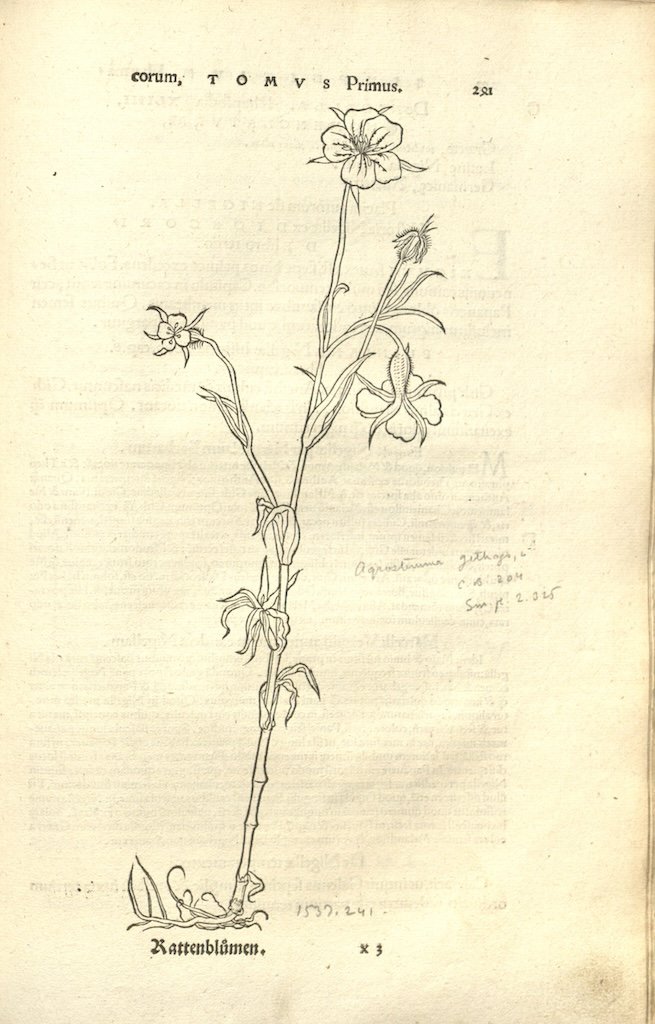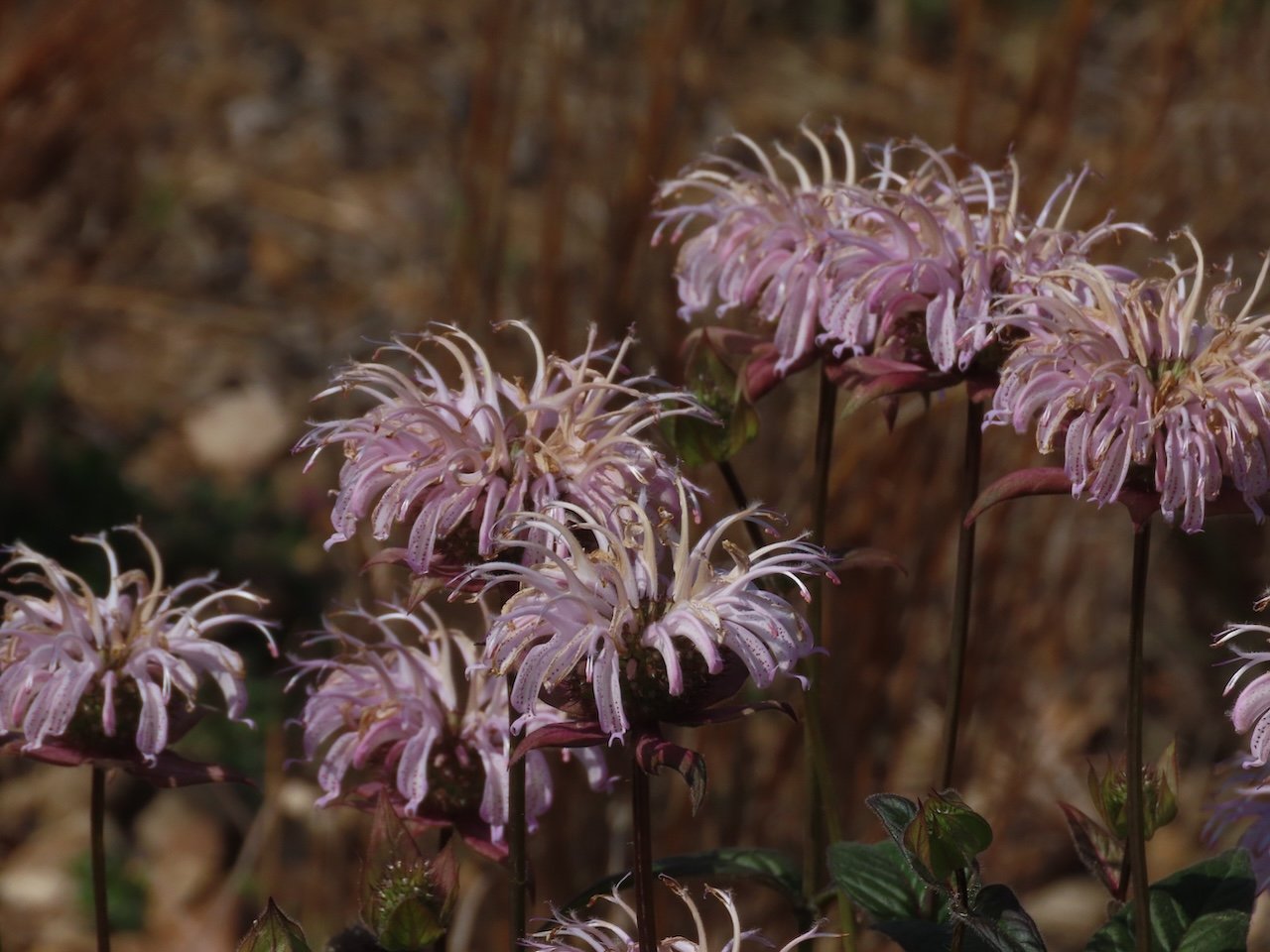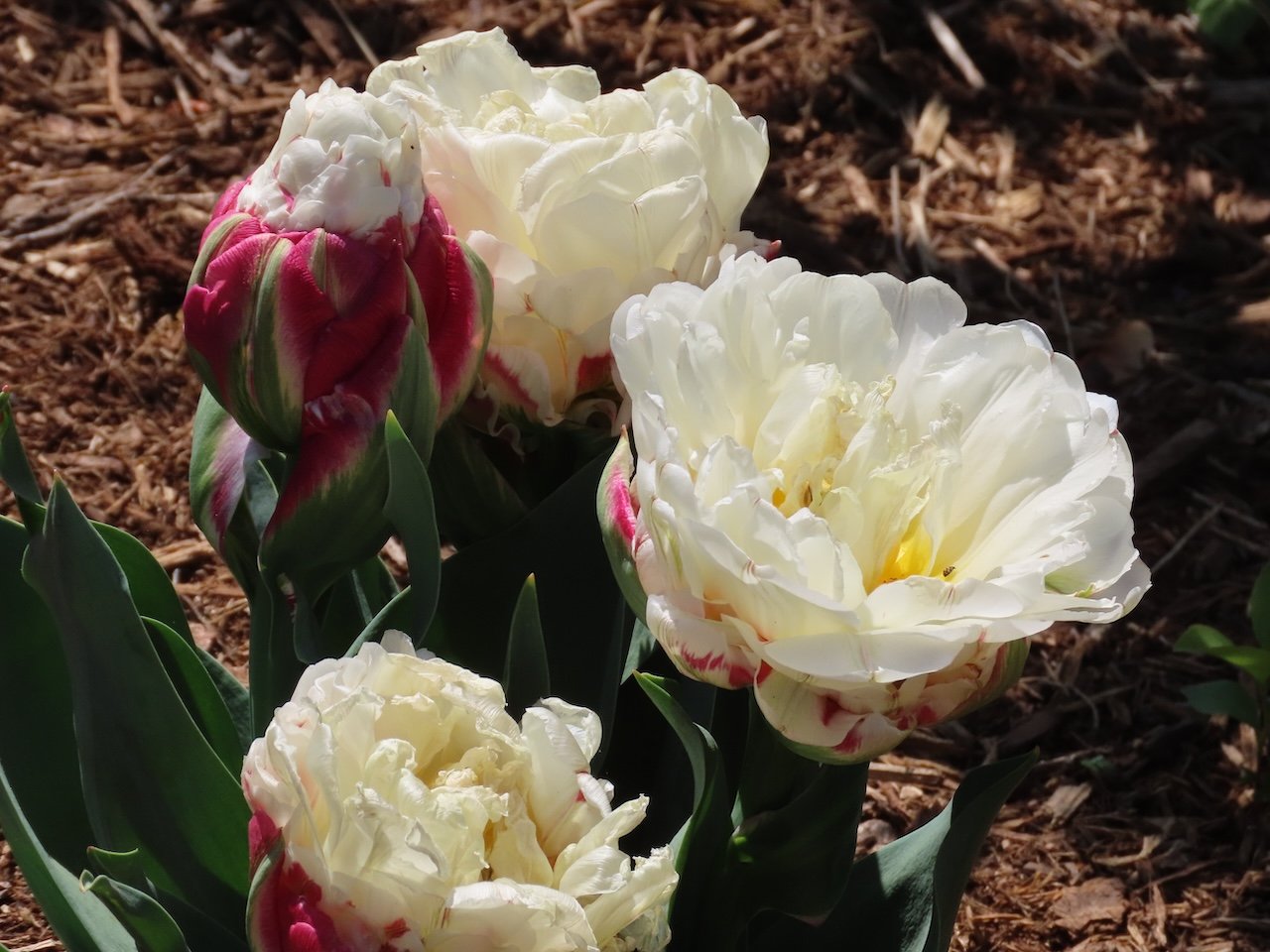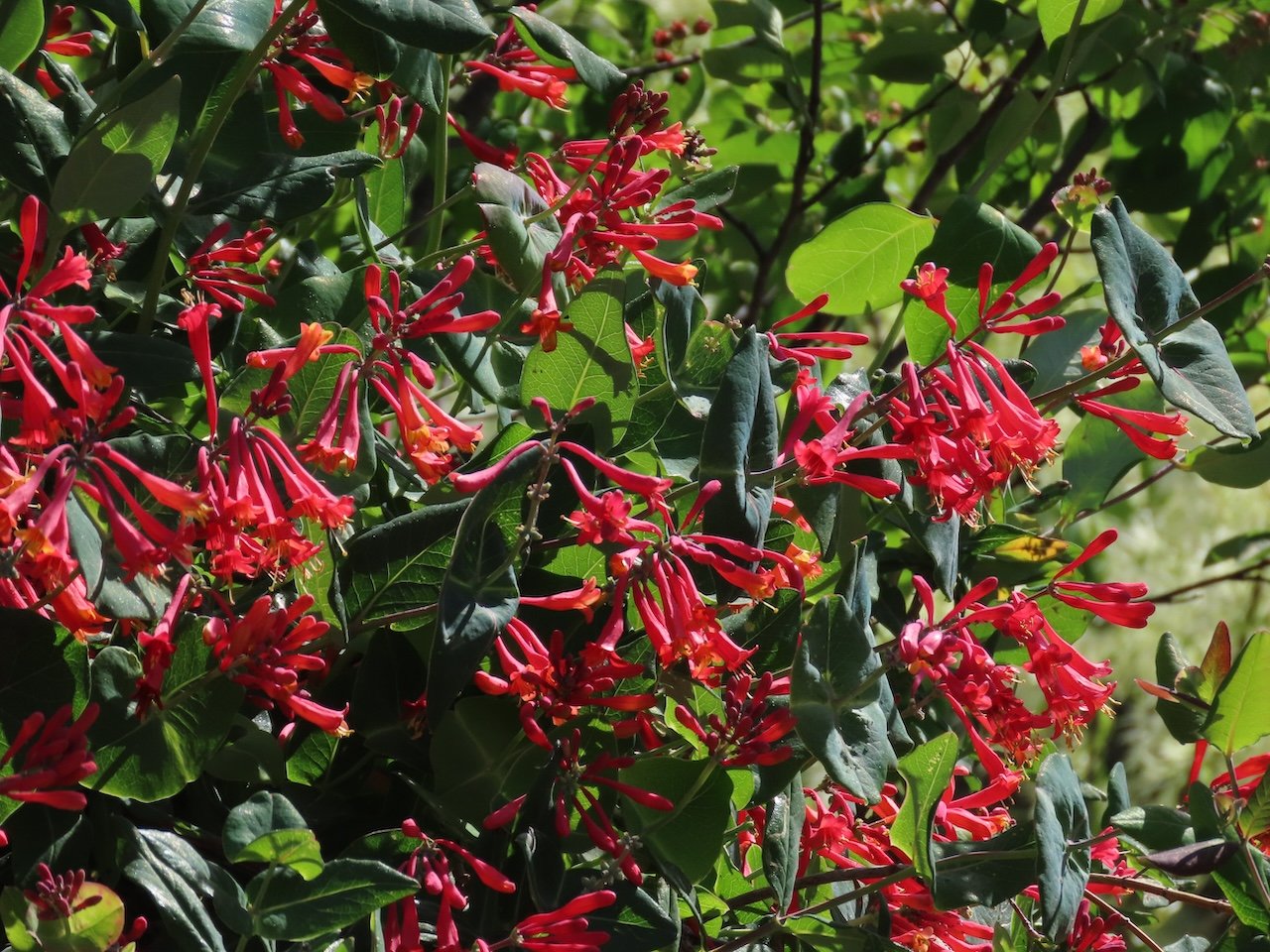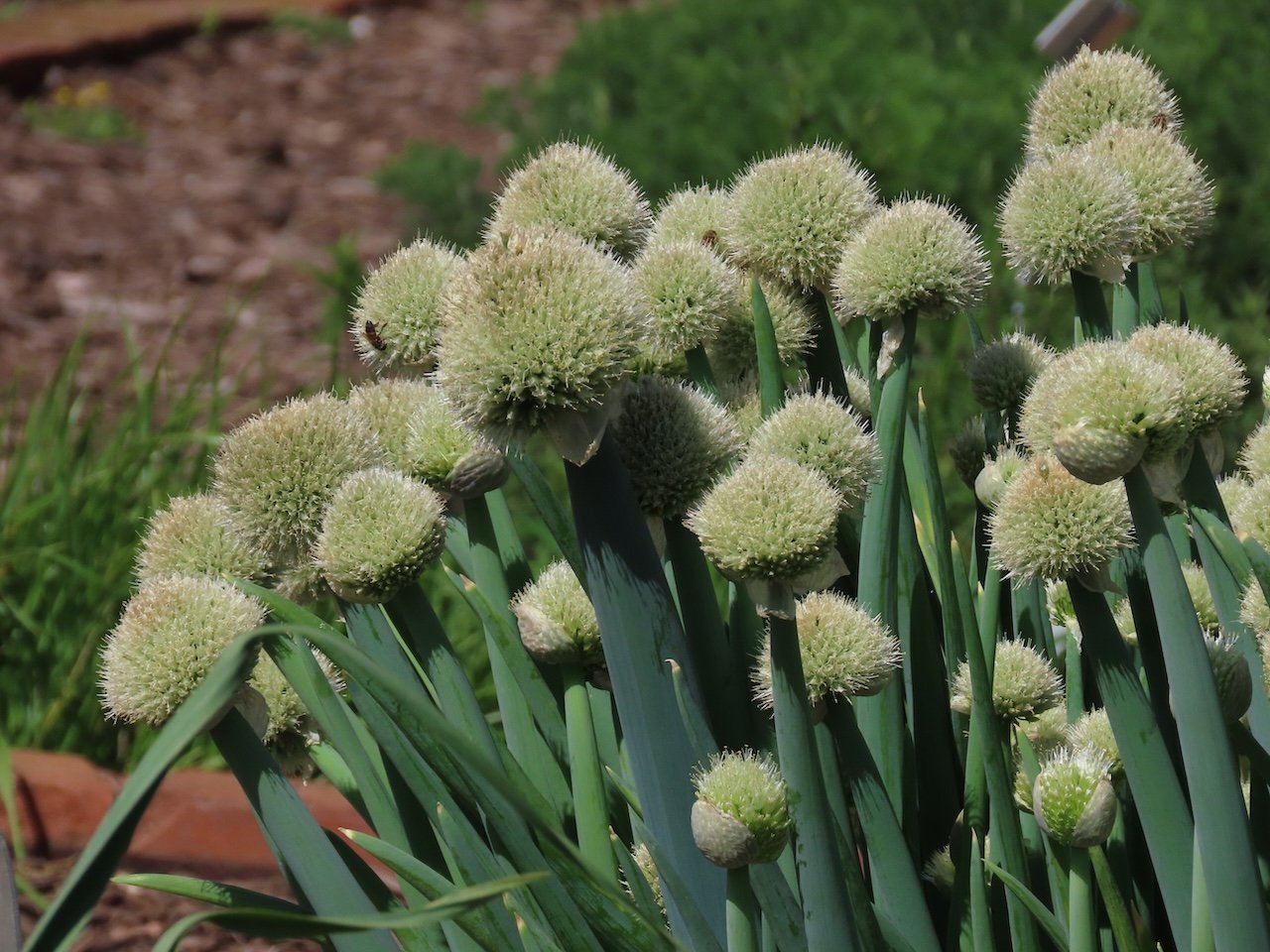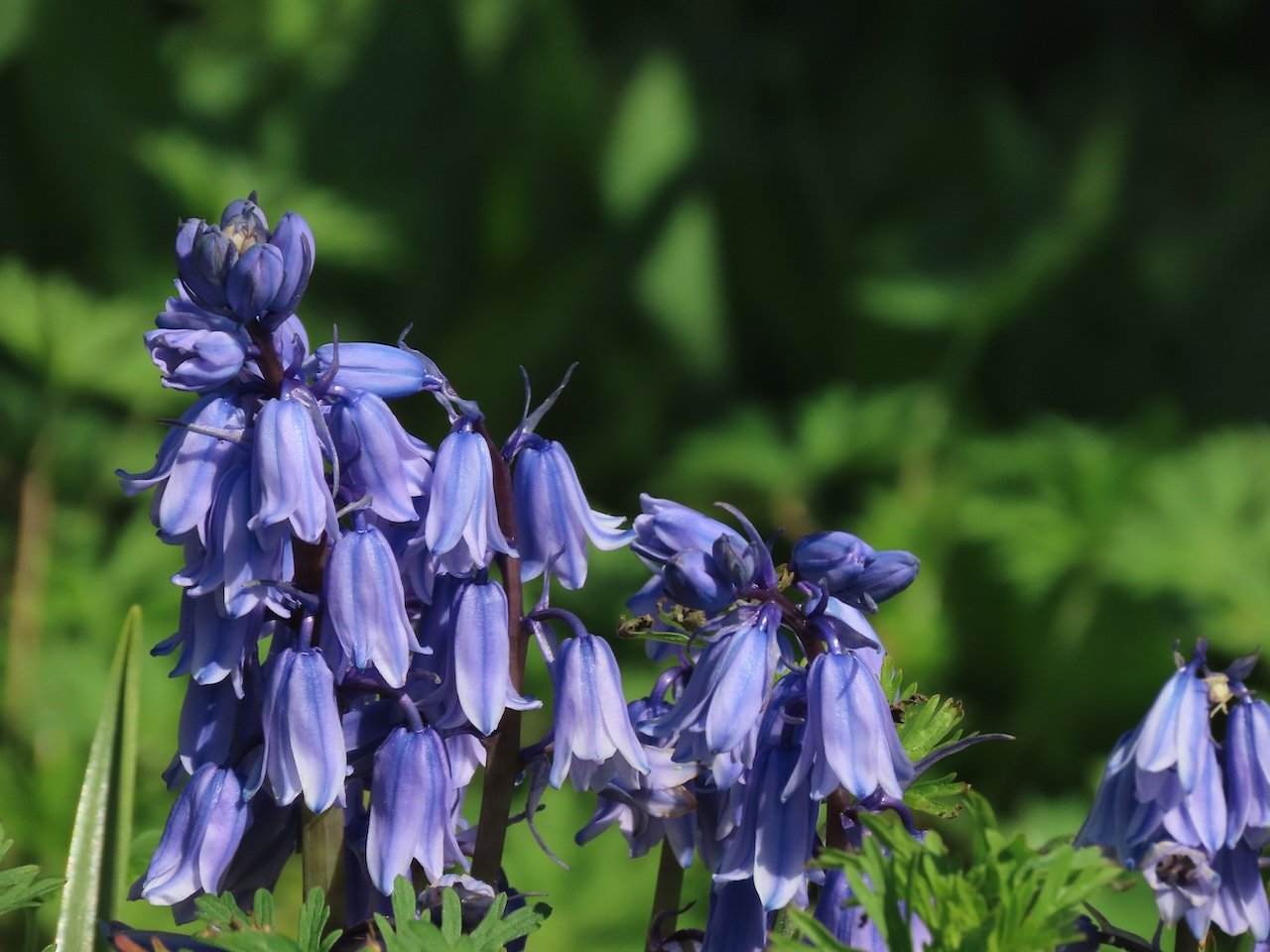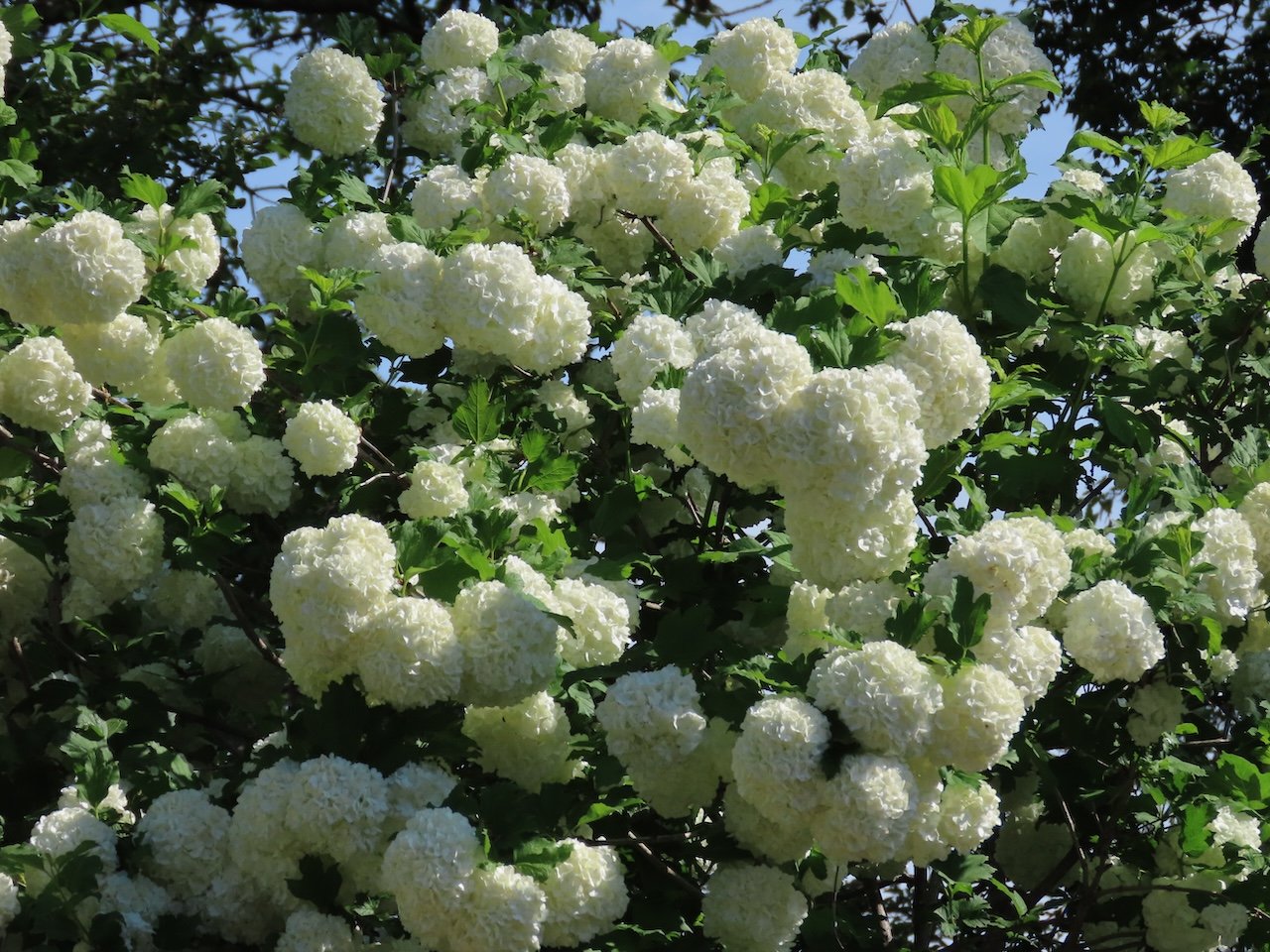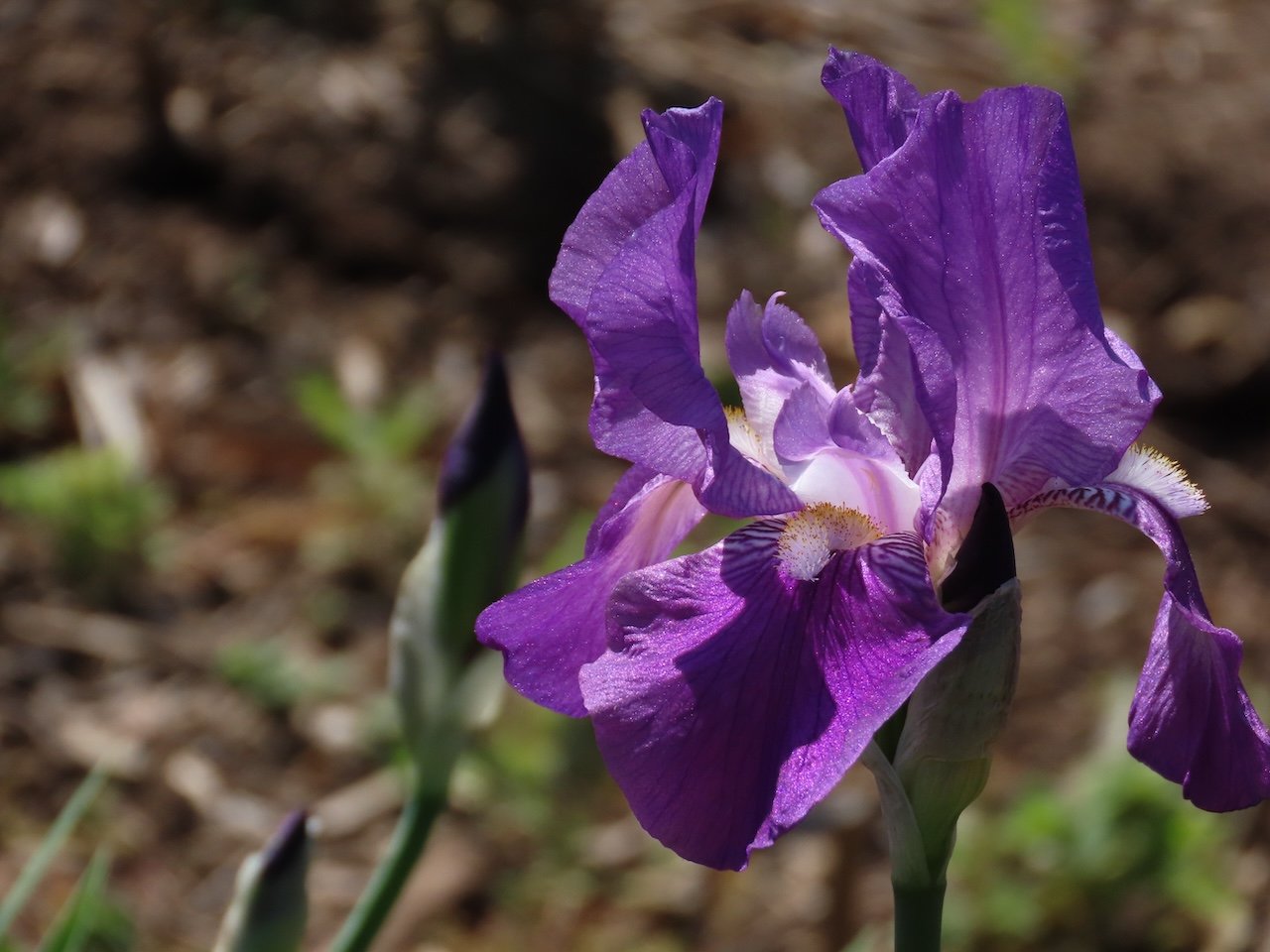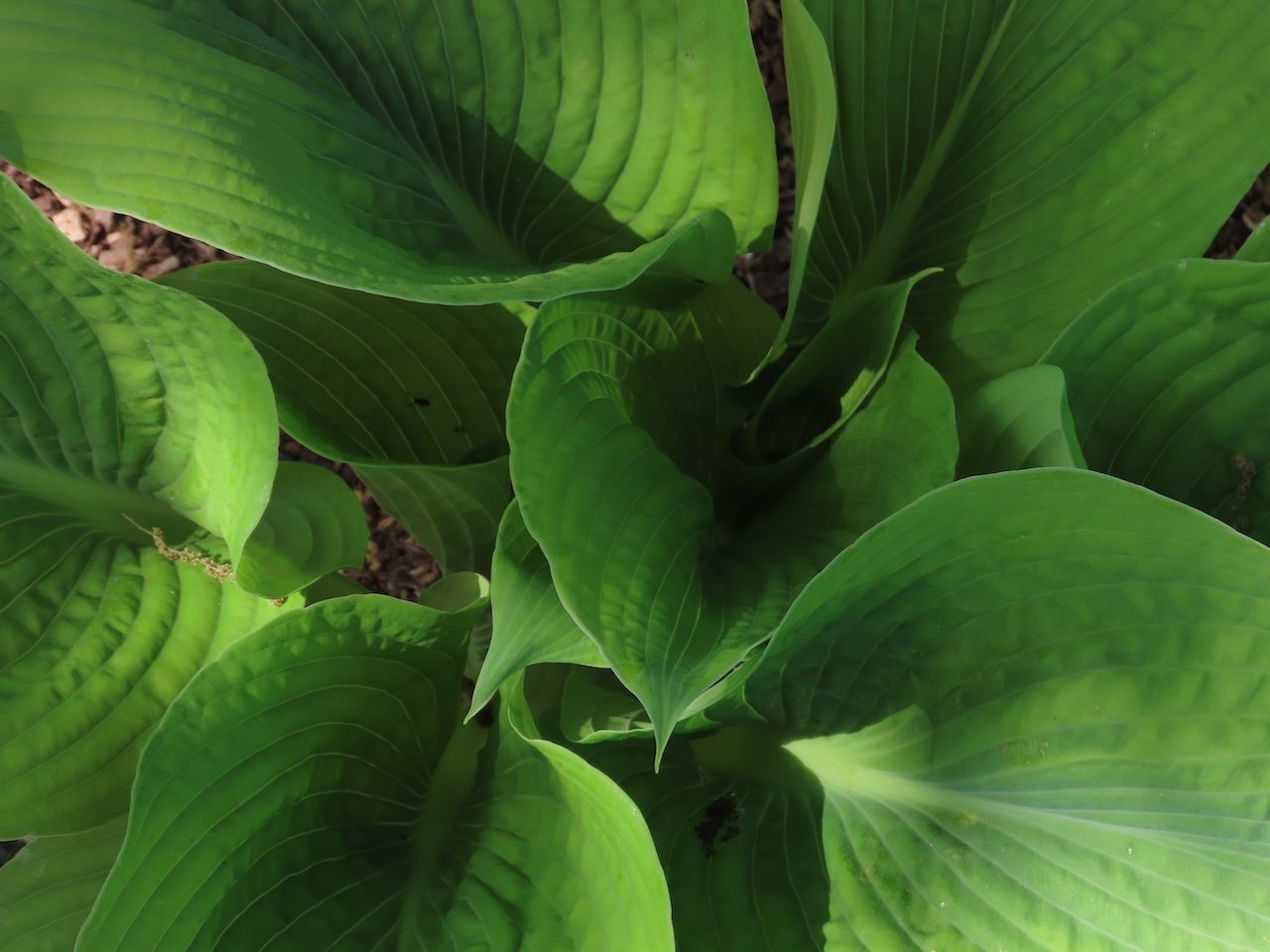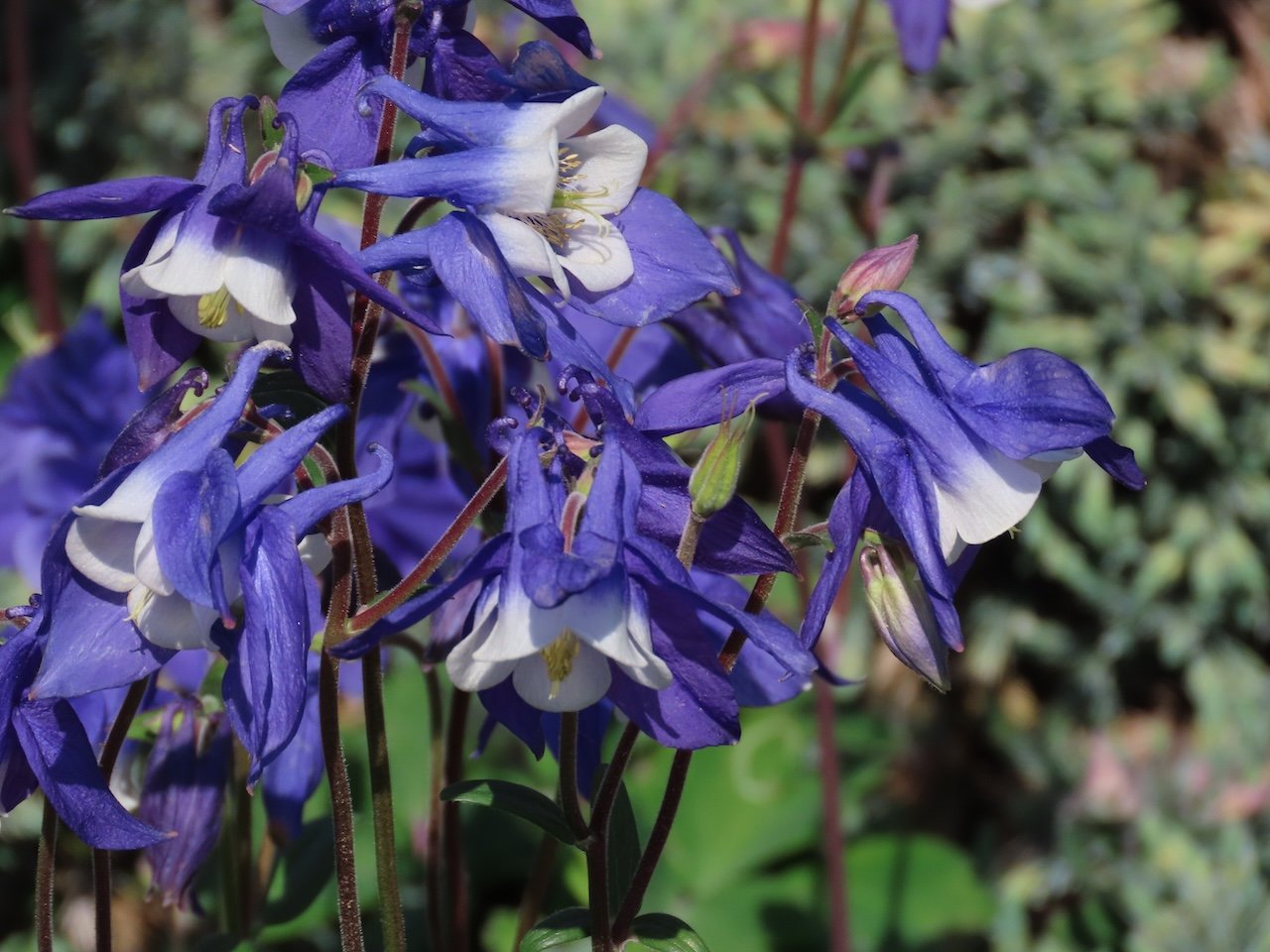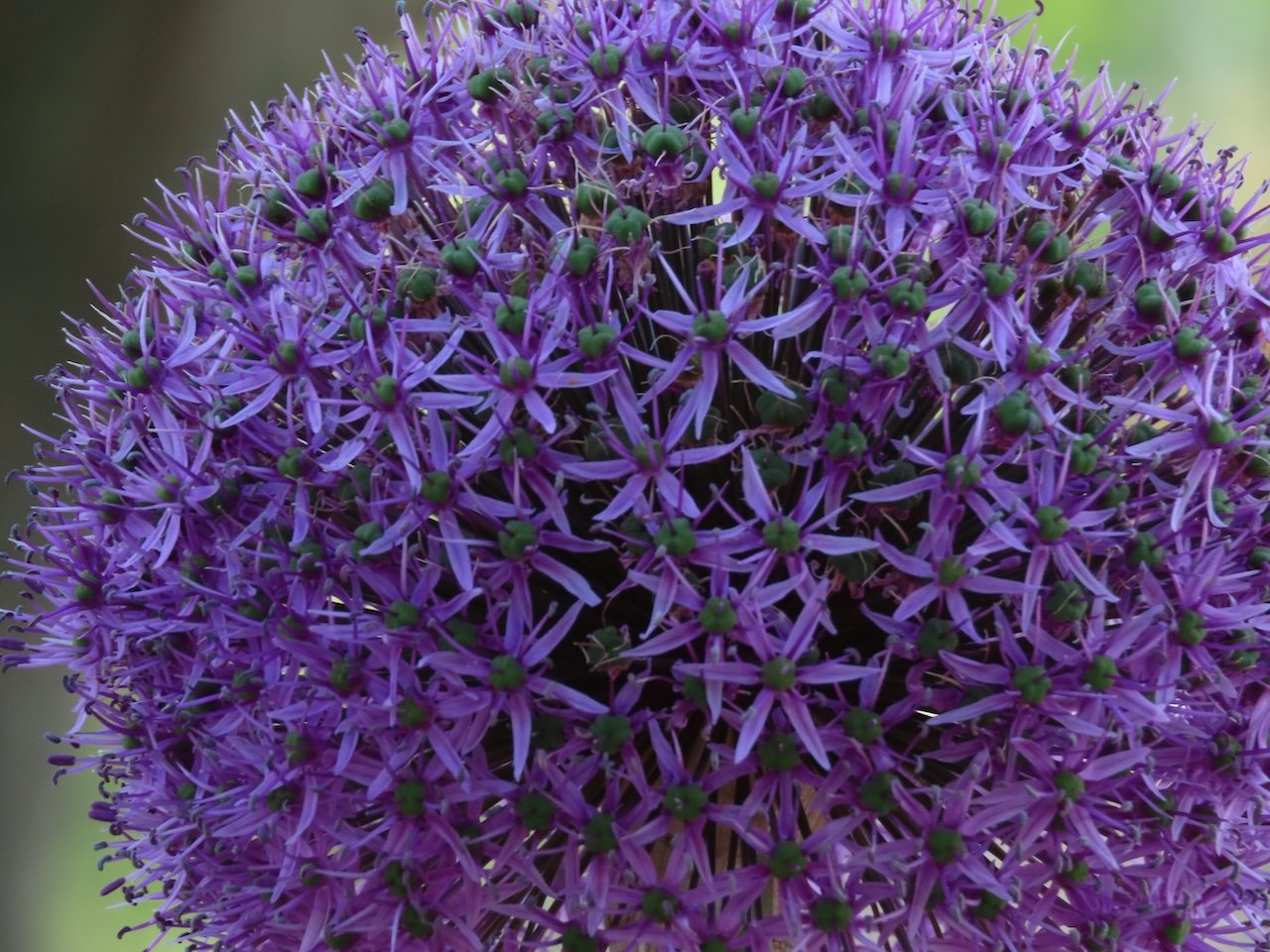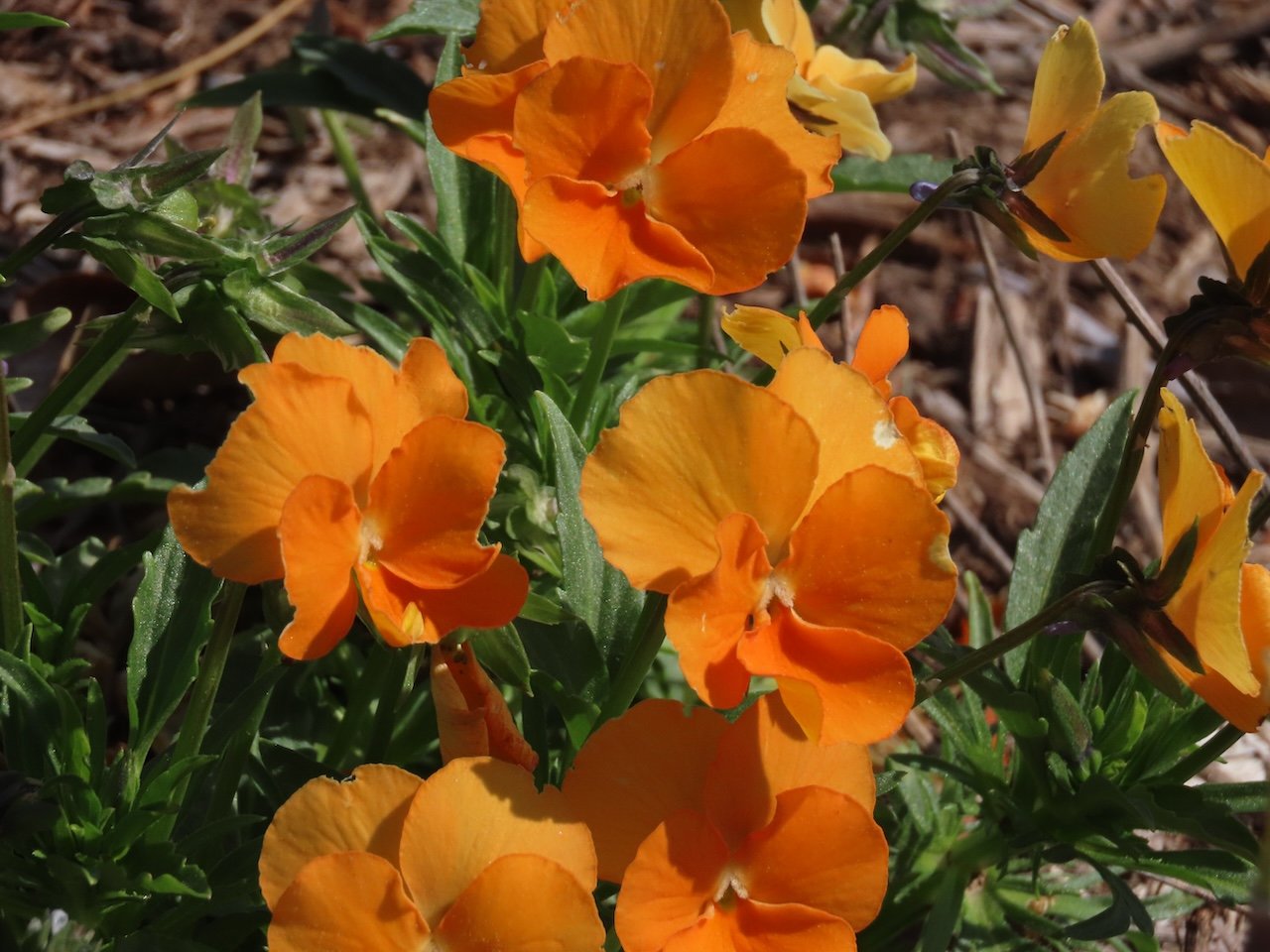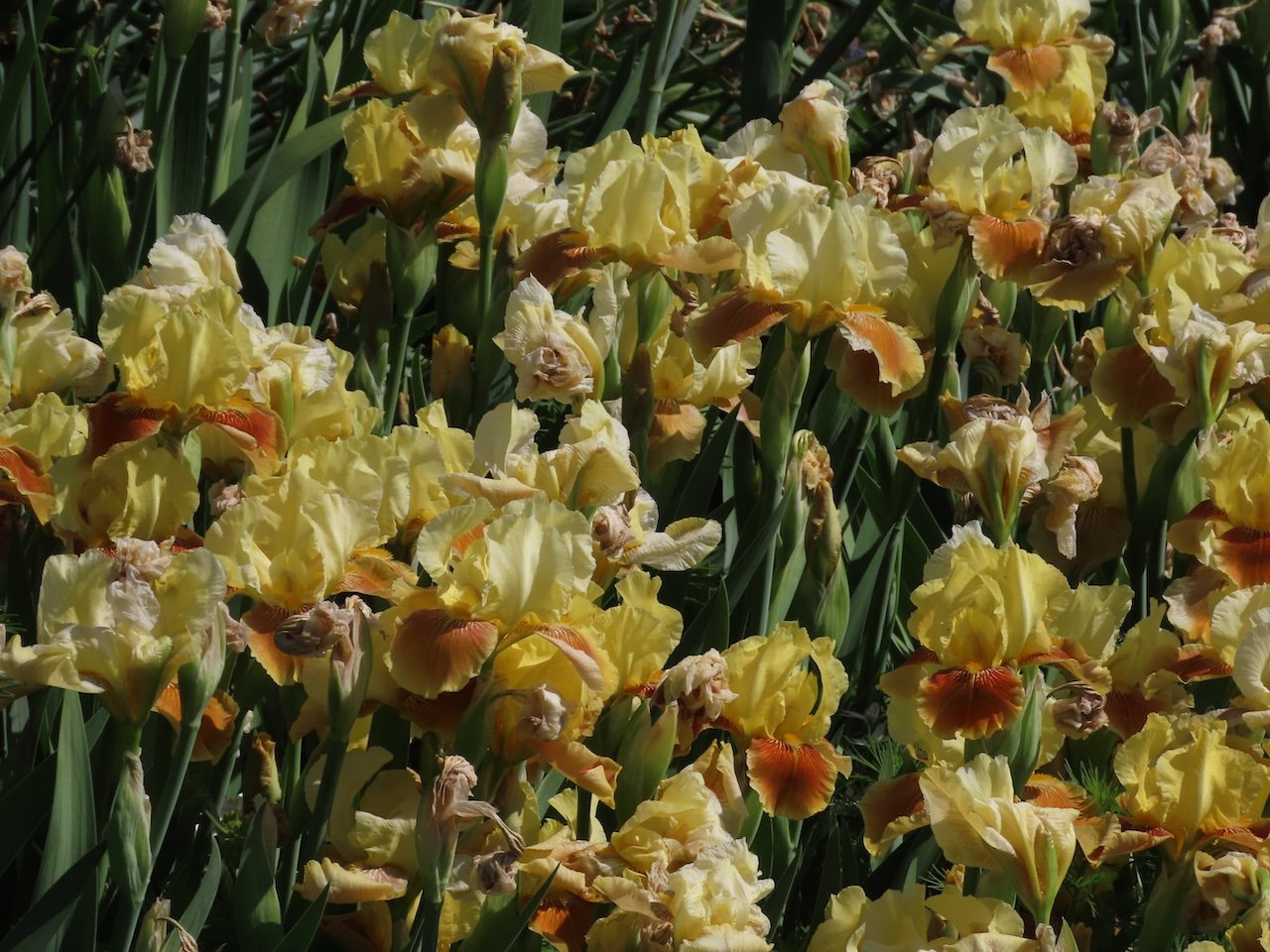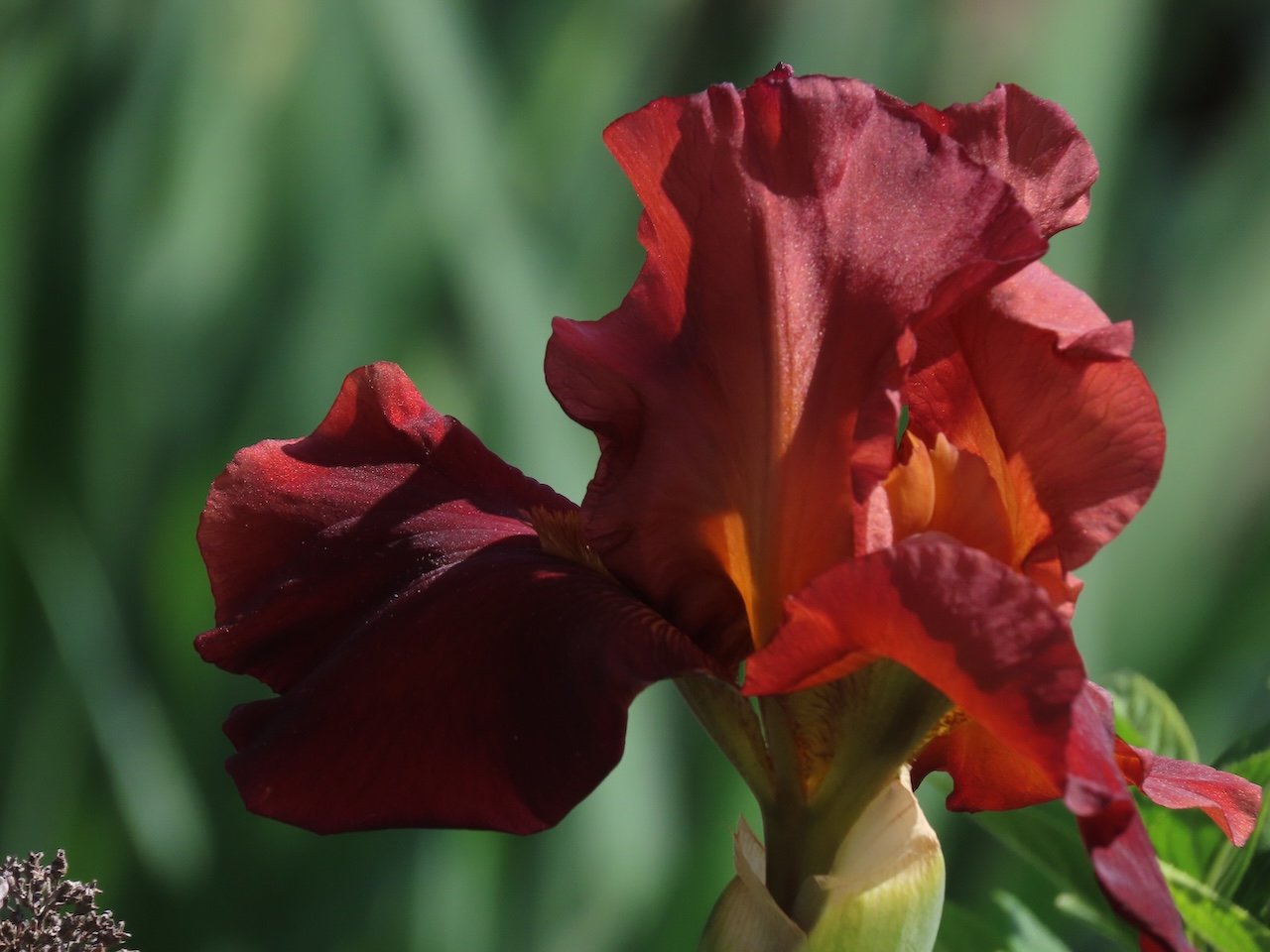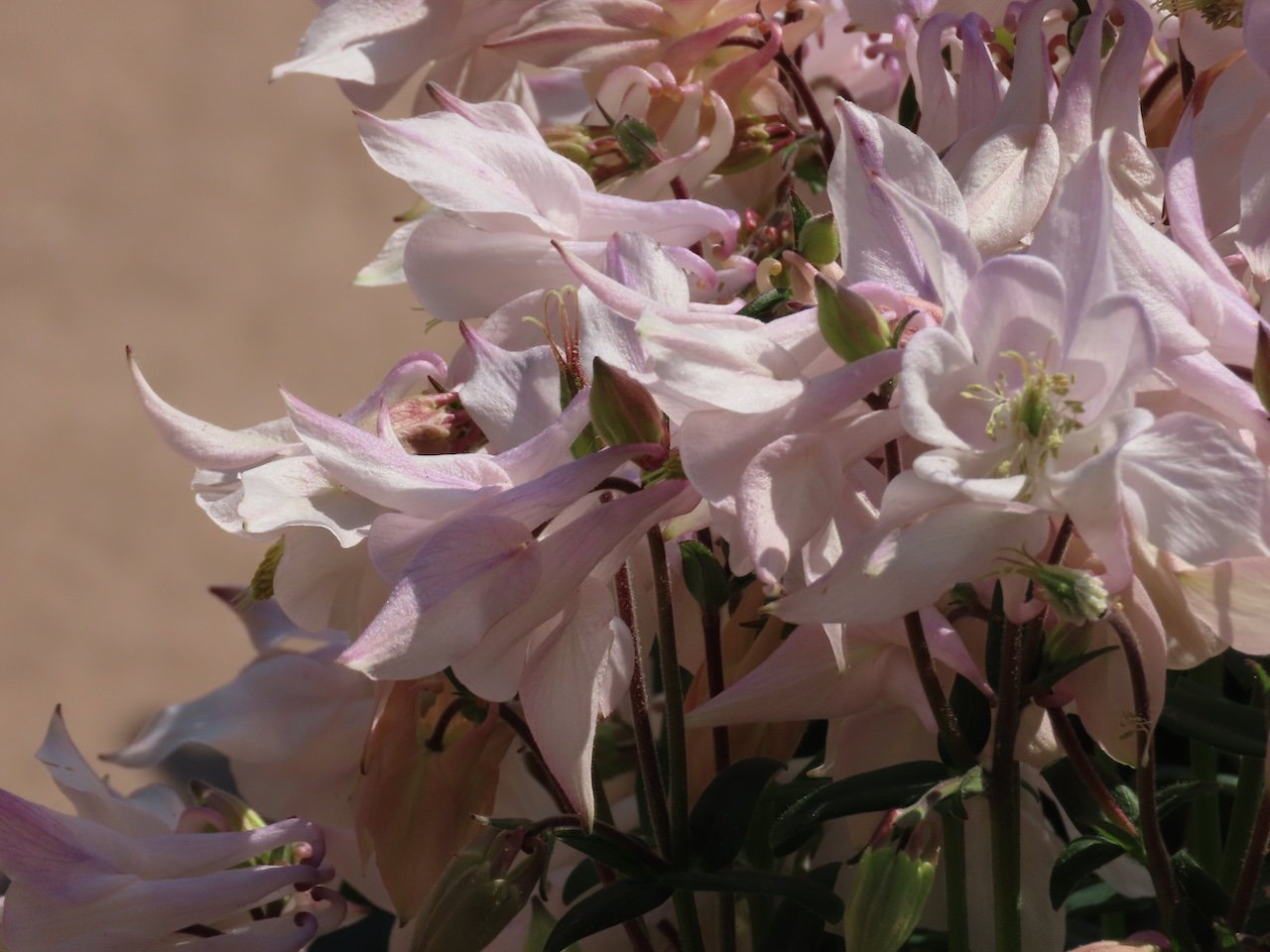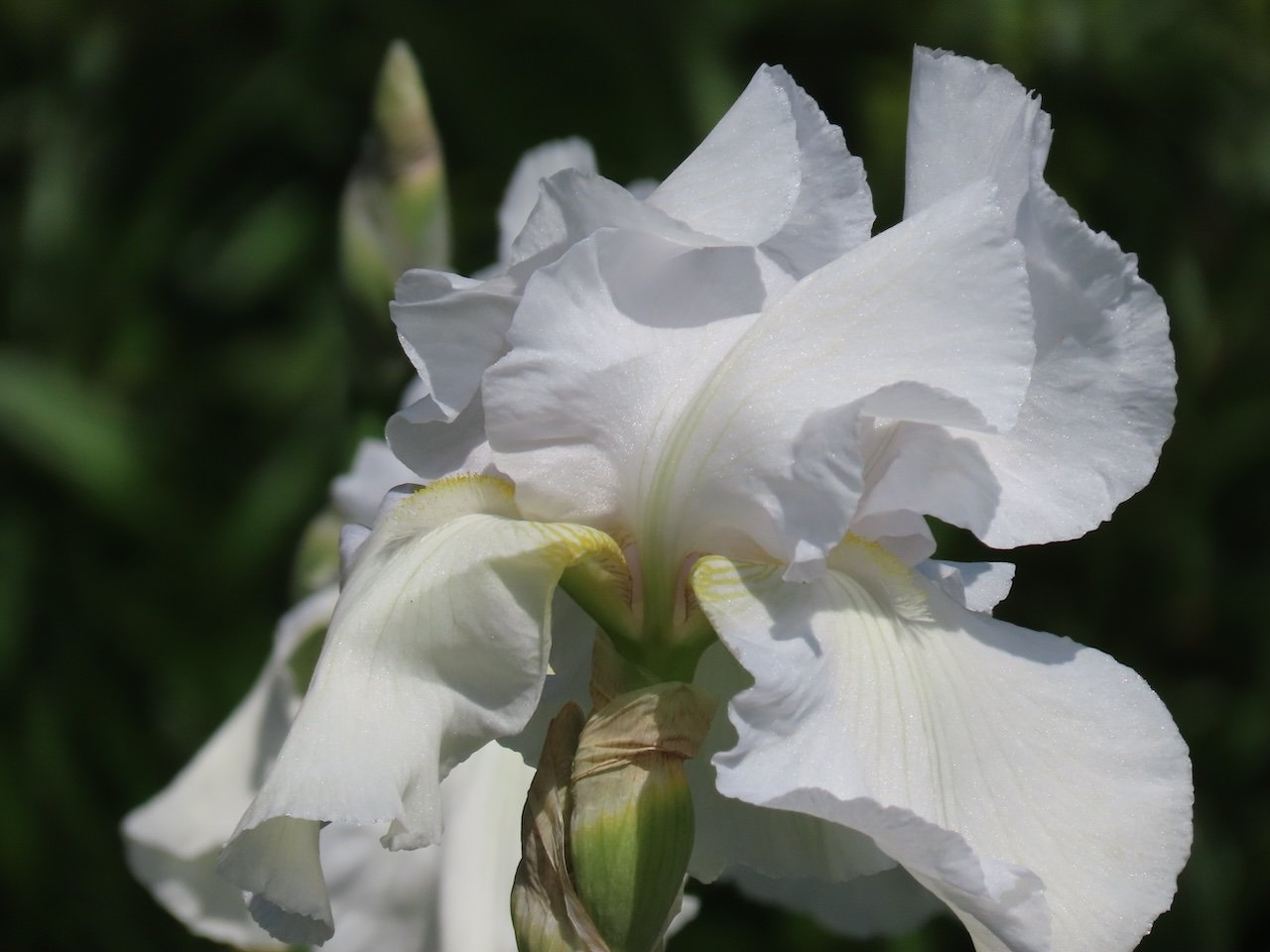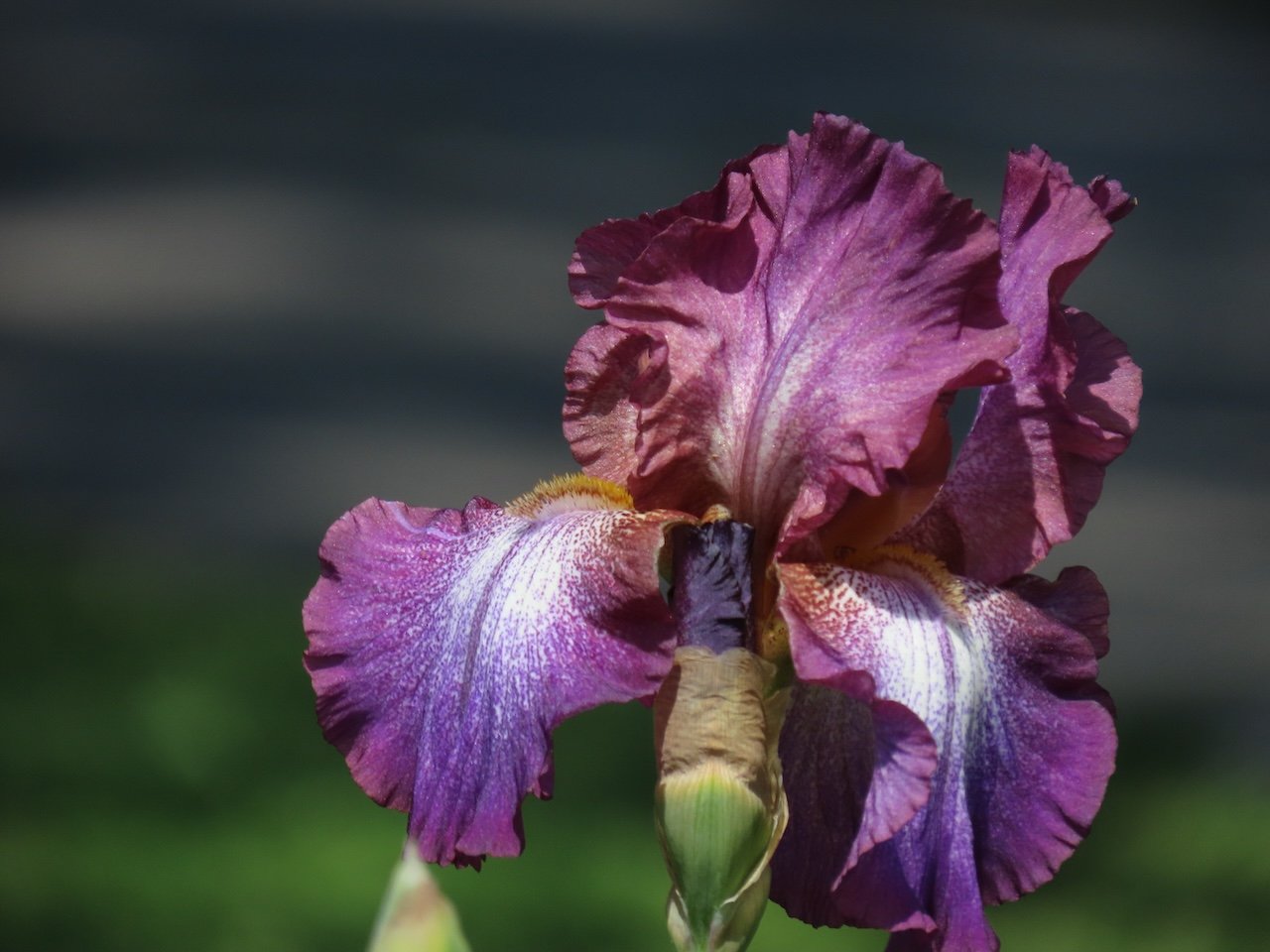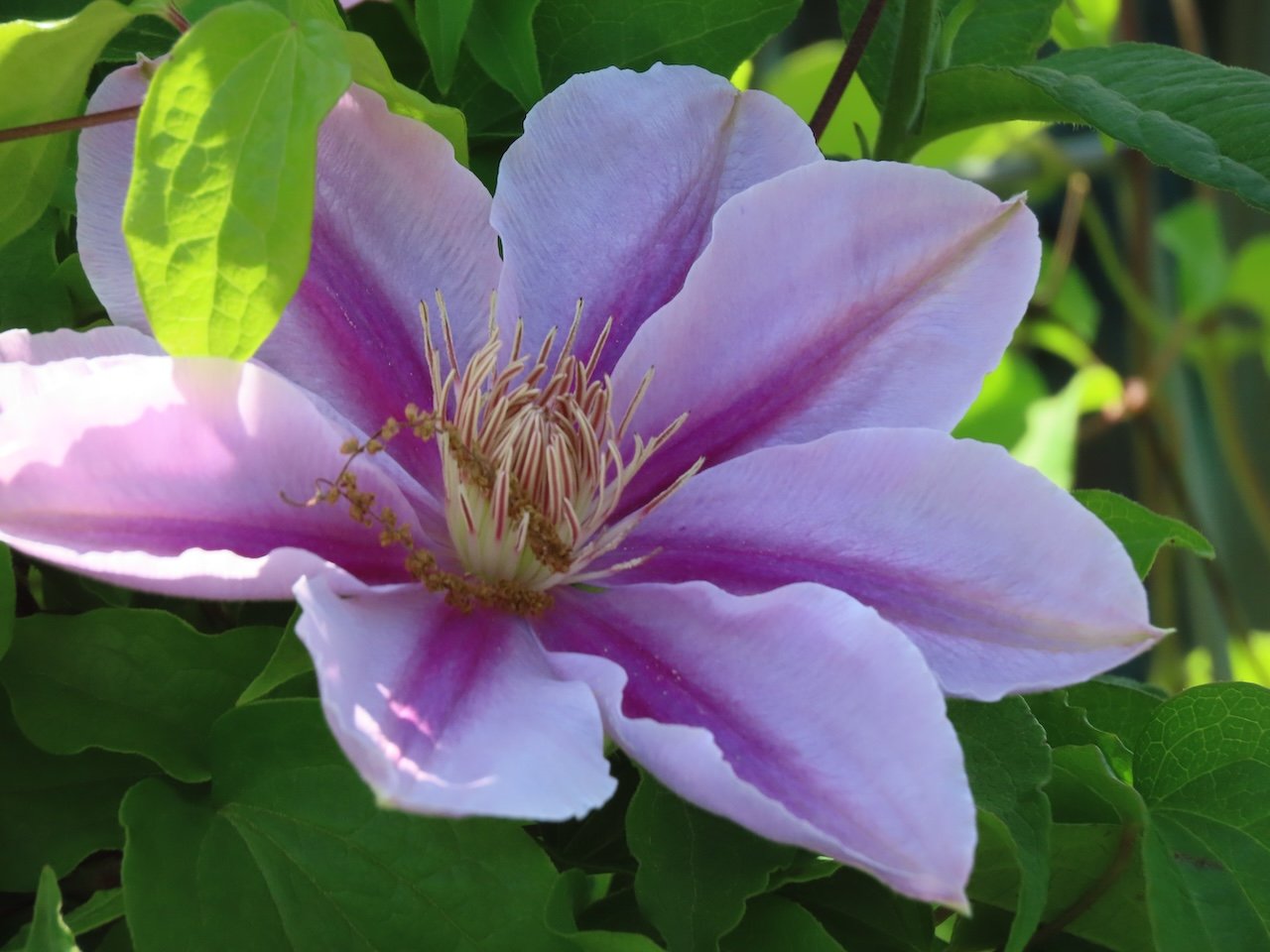eBotanical Prints – February 2025
/Twenty more books were added to my botanical print eBook collection in February - available for browsing on Internet Archive. They are mostly not in English; there are some in Italian, French, Latin, Spanish, Dutch, and German. The 20 books were published over almost 400 years (1618-2010).
My list of eBotanical Prints books now totals 3,063 eBooks I’ve browsed over the years. The whole list can be accessed here.
Click on any sample image from February’s 20 books below to get an enlarged version…and the title hyperlink in the list below the image mosaic to view the entire volume where there are a lot more botanical illustrations to browse.
Enjoy the February 2025 eBotanical Prints!
Description, vertus et usages de sept cents dix-neuf plantes : tant étrangeres que de nos climats T2 * Geoffroy, Etienne-Francois; Garsault, Francois Alexander * sample image * 1767
Storia delle piante forastiere le più importanti nell'uso medico, od economico Tome 1 * Castiglioni, Luigi; Bordiga, Beneditto Maria Marco * sample image * 1791
Storia delle piante forastiere le più importanti nell'uso medico, od economico Tome 2 * Castiglioni, Luigi; Bordiga, Beneditto Maria Marco * sample image * 1792
Storia delle piante forastiere le più importanti nell'uso medico, od economico Tome 3 * Castiglioni, Luigi; Bordiga, Beneditto Maria Marco * sample image * 1793
Storia delle piante forastiere le più importanti nell'uso medico, od economico Tome 4 * Castiglioni, Luigi; Bordiga, Beneditto Maria Marco * sample image * 1794
Description, vertus et usages de sept cents dix-neuf plantes : tant étrangeres que de nos climats T1 * Geoffroy, Etienne-Francois; Garsault, Francois Alexander * sample image * 1767
Description, vertus et usages de sept cents dix-neuf plantes : tant étrangeres que de nos climats T3 * Geoffroy, Etienne-Francois; Garsault, Francois Alexander * sample image * 1767
Description, vertus et usages de sept cents dix-neuf plantes : tant étrangeres que de nos climats T4 * Geoffroy, Etienne-Francois; Garsault, Francois Alexander * sample image * 1767
Hortus floridus in quo rariorum & minus vulgarium florum icones ad vivam veramq[ue] formam accuratissime delineatae et secundum quatuor anni tempora divisae exhibentur incredibili labore ac diligentia * Passe, Van de Passe * sample image * 1617
Common medicinal plants of Darjeeling and the Sikkim Himalayas * Biswas, Kalipada * sample image * 1956
Flórula de las reservas biológicas de Iquitos, Perú * Martinez, Rodolfo Vasquez (editor) * sample image * 1997
Flora del Río Cenepa, Amazonas, Perú V1 * Martinez, Rodolfo Vasquez, Gonzales, Rocio Rojas, Werff, Henk vander (editors) * sample image * 2010
Cassini on Compositae II * Cassubum Alexandre Henri Gabriel de Janaske; King, Robert M.; Janaske, Paul C.; Lellinger, David B. * sample image * 1995
Flora de Nicaragua * Stevens, Warren Douglas * sample image * 2009
A description of the genus Pinus V2 * Lambert, Aylmer Bourke * sample image * 1832
A description of the genus Pinus V1 * Lambert, Aylmer Bourke * sample image * 1832
Naauwkeurige beschryving der aardgewassen V1 * Munting, Abraham * sample image * 1696
Naauwkeurige beschryving der aardgewassen V2 * Munting, Abraham * sample image * 1696
Getreue Darstellung und Beschreibung der in der Arzneykunde gebräuchlichen Gewächse (1813-1814) * Hayne, Friedrich Gottlob * sample image * 1813
Getreue Darstellung und Beschreibung der in der Arzneykunde gebräuchlichen Gewächse (1837-1838) * Hayne, Friedrich Gottlob * sample image * 1813

































































